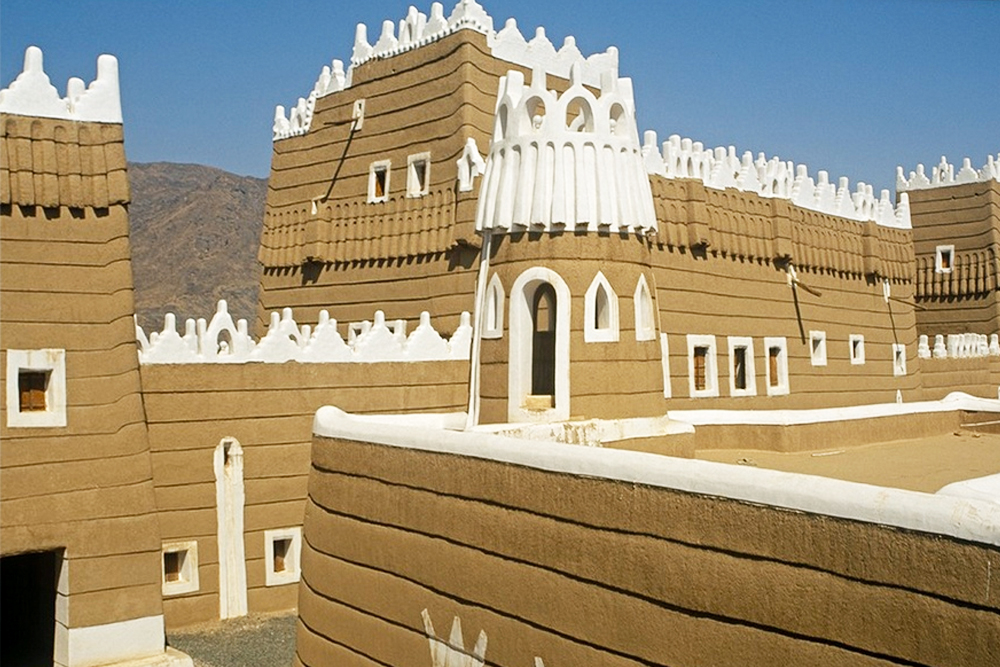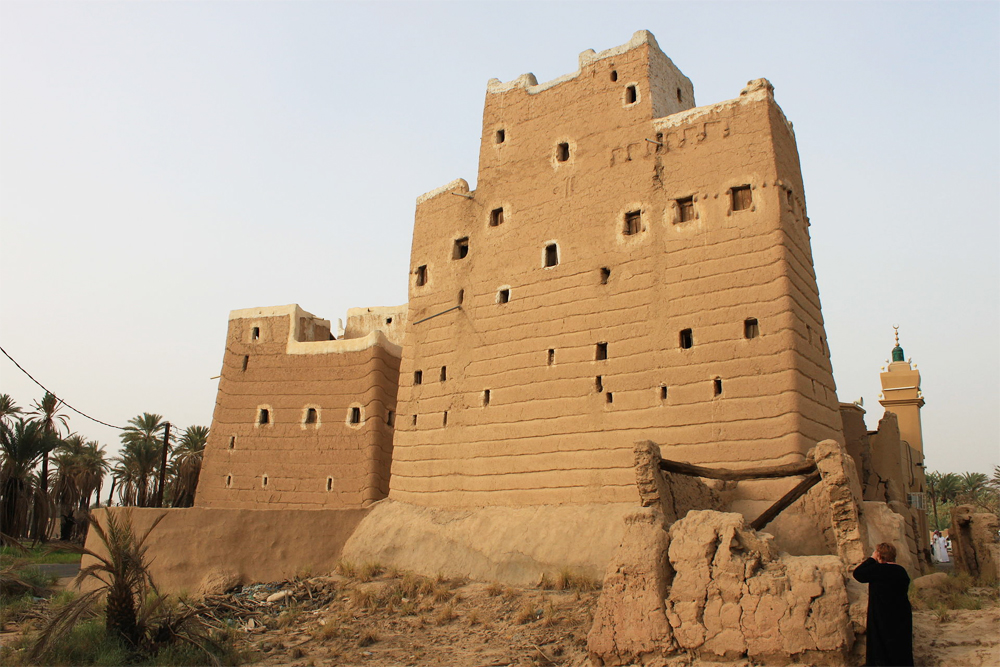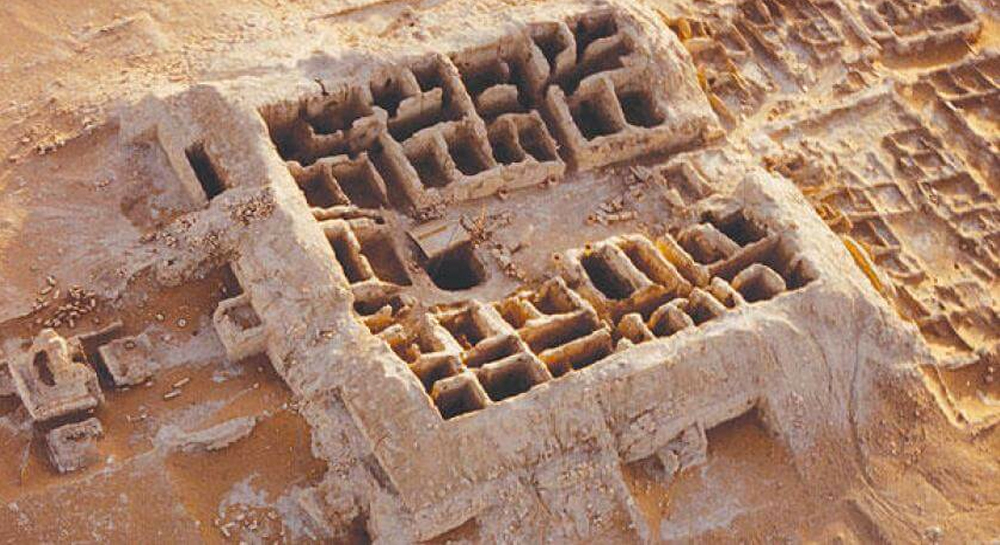
Al-Aan Palace in Najran, with its distinctive building design and elaborate white margins, continues to be one of the most beautiful architectural treasures in the area. The preservation of the Kingdom’s architectural heritage has benefited from major funding from the government as part of Saudi Vision 2030.
The reconstruction and renovation of the palace, which dates back to more than 340 years, has ensured the preservation of the region's architectural legacy of mud dwellings and palaces. These are abundant in the natural resources found in the area, beautifully and creatively adorned, and tied to the past and history.
The Al-Aan Palace is located on the Aan Mountain to the west of Najran in the northern part of Najran Valley and was constructed with a distinctive architectural design that symbolizes the uniqueness and history of the district.

According to SPA, Hussein Al-Makrami, supervisor of the archaeological Al-Aan Palace, noted that it was constructed in 1688 and underwent a series of restorations, the most recent and extensive of which took place in 2018. The walls of the palace are constructed entirely of mud using the Najrani building block method, wherein walls are constructed in stages on a foundation of stone, while the roofs are constructed from wood, palm fronds and trunks, as well as Ziziphus trees.
With each floor home to a different family, the four-story Al-Aan Palace is an excellent example of traditional architecture. It is surrounded by a wall with a number of circular and rectangular towers to provide protection for the palace and its surroundings. Al-Makrami continued by saying that the chambers of the palace were furnished with implements, wares, and clothing to educate tourists with the area's history. In addition to hosting official, scientific, and tourist delegations all year long, the palace welcomes visitors three days a week.

It is the pride of its residents who, with the support of the Saudi National Tourism and Heritage Commission (SCTH) and the province authorities of Najran, have worked to safeguard the historic structures, castles, and clay homes that help sustain the local tourism industry.

















